Accessibility Observation at CSU Metro Station
This is a originally a task for the User Experience module that WaterCoFire is currently taking:
Your task is to go for a walk, it does not have to be long or far - 30 minutes around campus is fine, and explore how this would be for someone with a disability.
Examples of things to consider:
- Navigation - can you move easily between different areas or different floors?
- Signage - can you receive information that is being provided, e.g. in Braille, scrolling signage, door labels?
- Understanding - can different user groups understand the information being provided?
- Technology - how prevalent is technology? Can it be used by people with disabilities? Does it improve or hinder your experience?
- Independence - can you navigate the environment and operate any technology independently?
Accessibility Observation: CSU Metro Station
Our approach is to follow a complete travel path - from arriving at the station to taking the train. Along the way, we try to examine as many accessibility features as possible.
ARRIVED AT THE STATION
We look for an accessible lift:

The station entrance has a notice showing the location of the accessible lift, presented in Chinese and a simple map. It is easy for sighted people to find, but no Braille information is provided.

Near the accessible lift entrance, the tactile paving does not include any “intersection” or directional cues, which could be a problem for visually impaired passengers.
A ramp is provided at this spot, making it convenient for wheelchair users to pass through.
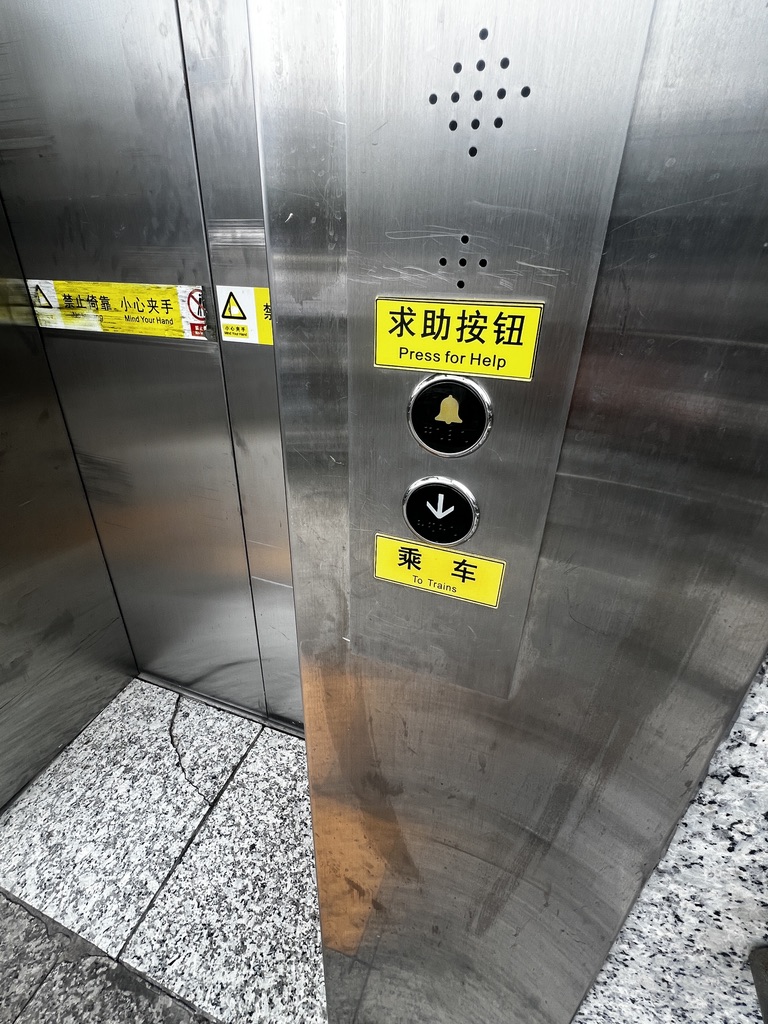
The lift control panel includes Braille labels, and there is voice feedback when operating the buttons.
A help button is also available to call for station staff assistance.

Inside the lift, there are wheelchair-friendly handrails and low-positioned buttons. Braille labels and a help button are also provided. The lift’s voice system announces door opening and closing, as well as the current floor upon arrival.
ARRIVED AT THE CONCOURSE LEVEL
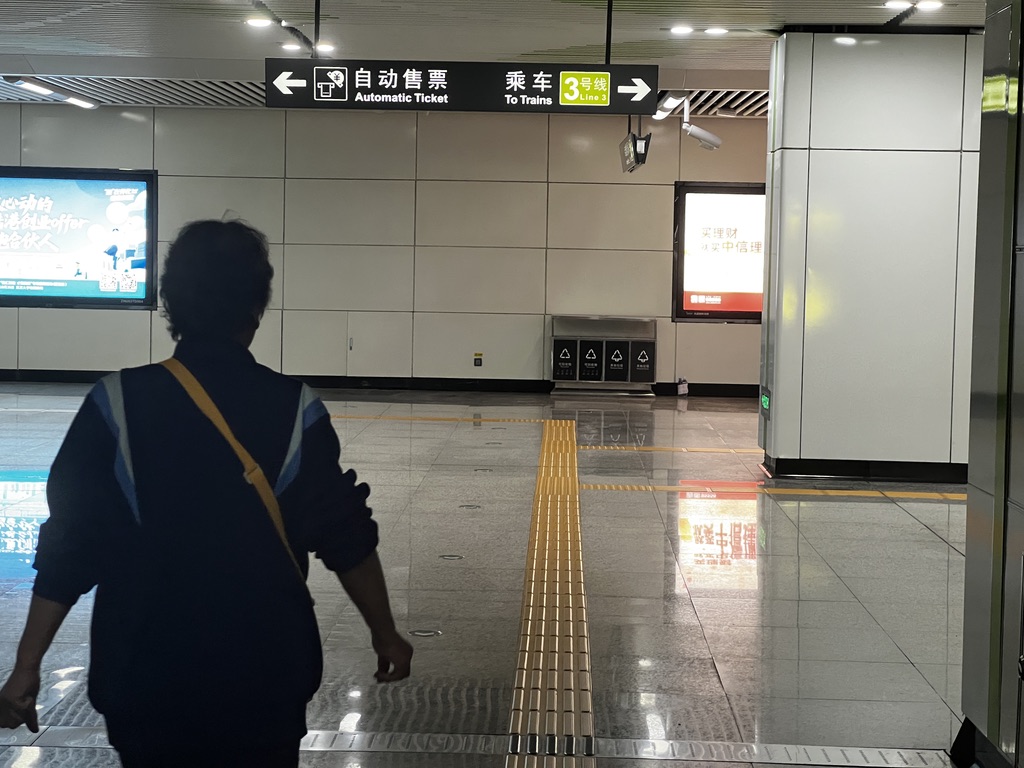
Tactile paving is generally available throughout the concourse, but strangely, it does not lead toward the ticket machines.
Perhaps the designers assumed that visually impaired passengers would need staff assistance to purchase tickets and enter the station.
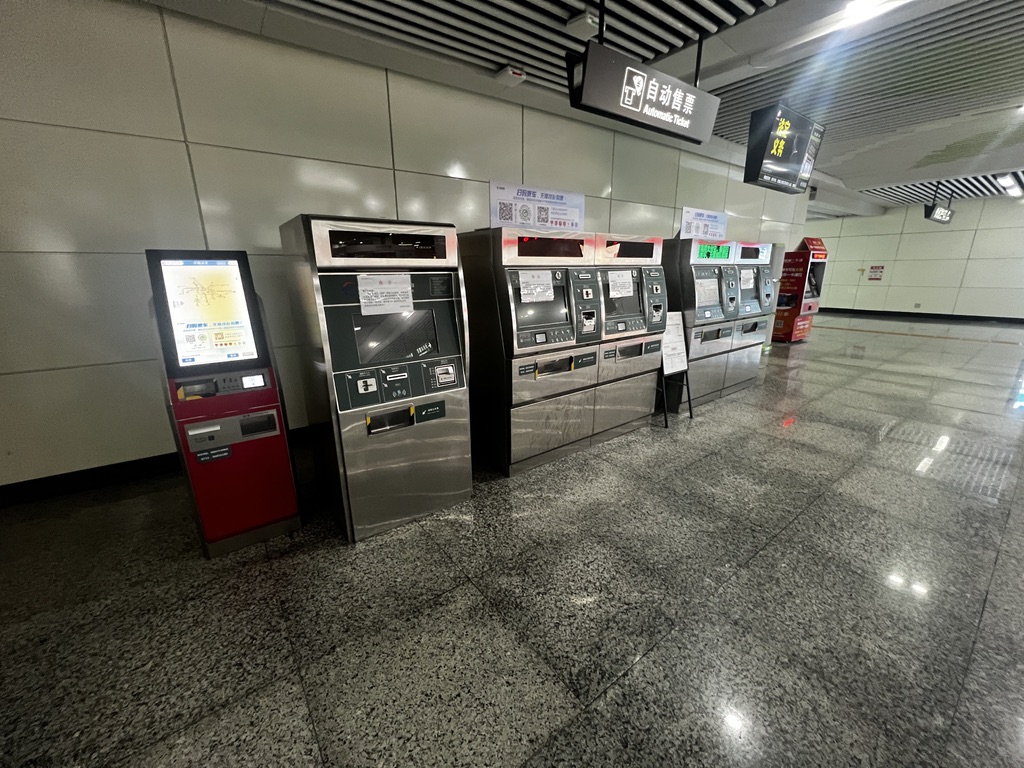
The height of the ticket machine screen appears to be unfriendly for wheelchair users.

The ticket machine does not provide any voice guidance. This flaw might seem a bit picky to mention, since using a touchscreen is already extremely difficult for visually impaired passengers in the first place.
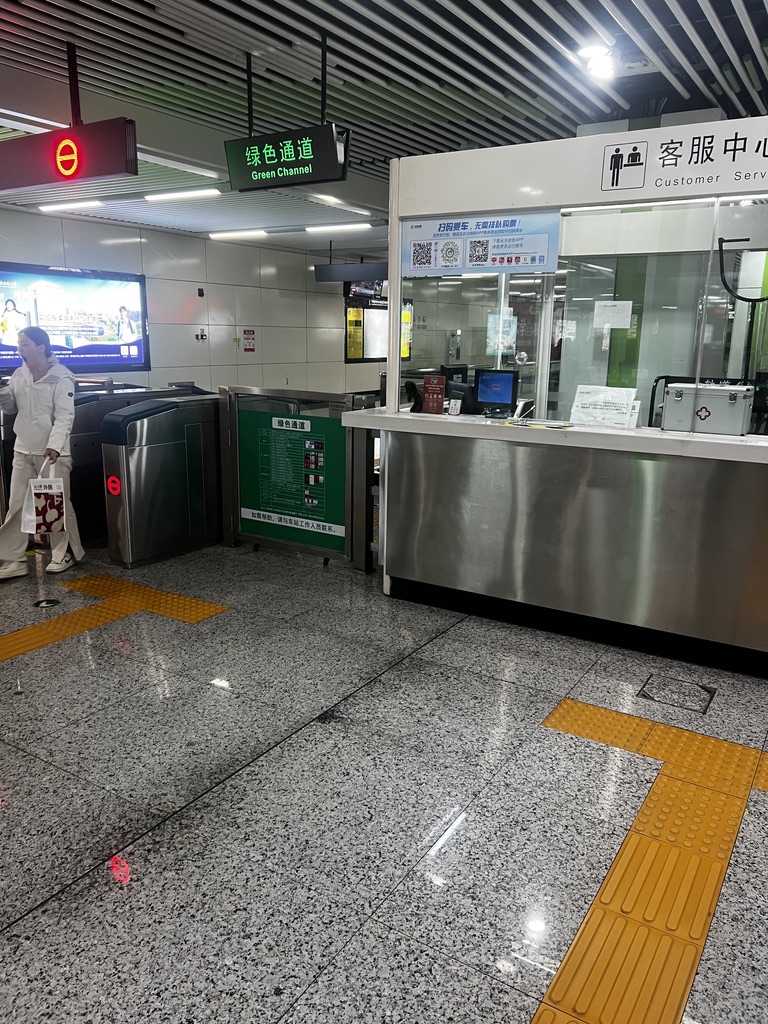
There is a tactile path leading directly to the customer service center and the “Green Channel” designated for passengers with special needs.

There is no tactile paving near the ticket gates (so the design might be intended for visually impaired passengers to use the Green Channel shown above).
A wider gate is provided, but it is unclear whether it is fully wheelchair-accessible - it might have been intended mainly for passengers carrying large luggage.
ENTERED THE PAID AREA
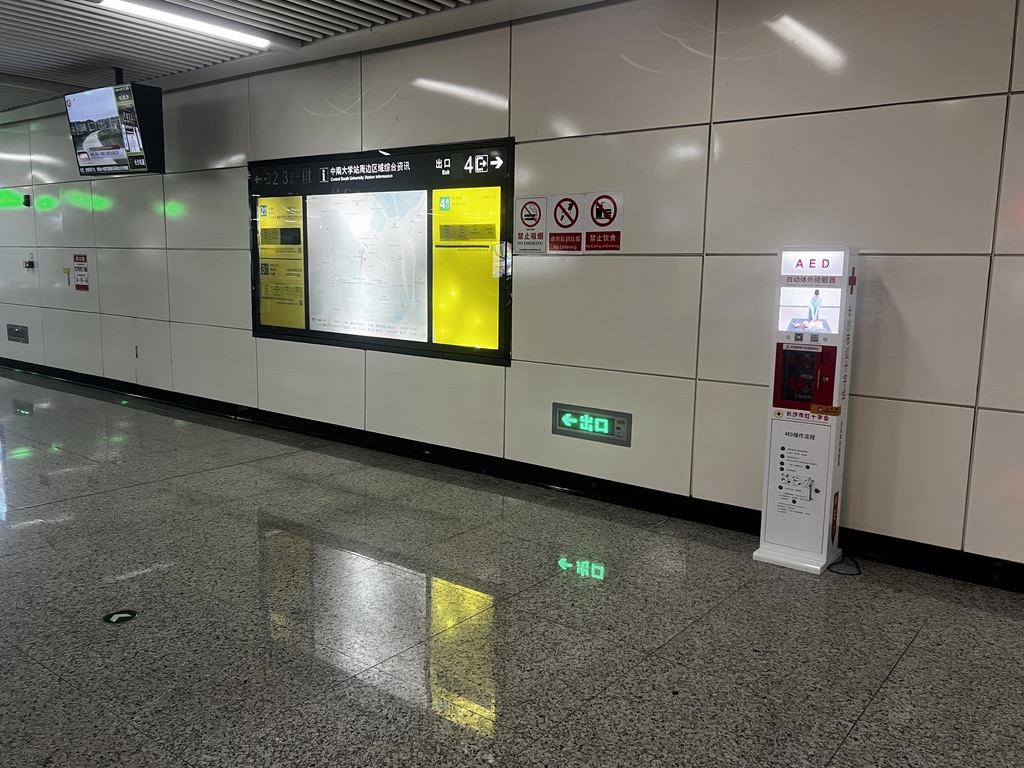
Information boards are installed in the concourse, showing the station layout and the destinations accessible from each exit. However, no Braille is provided.
A good example: Hong Kong MTR stations feature fully Braille information boards, accompanied by a unique music to attract visually impaired passengers.
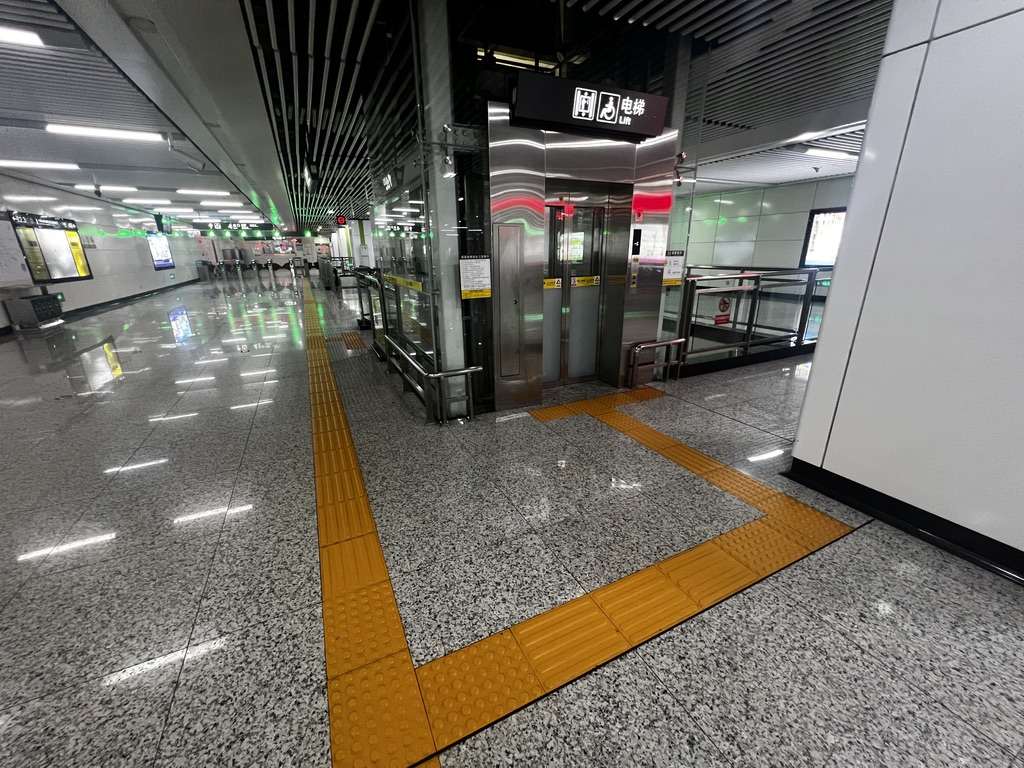
A lift connecting the concourse level and the platform level is available, with tactile paving leading directly to it.
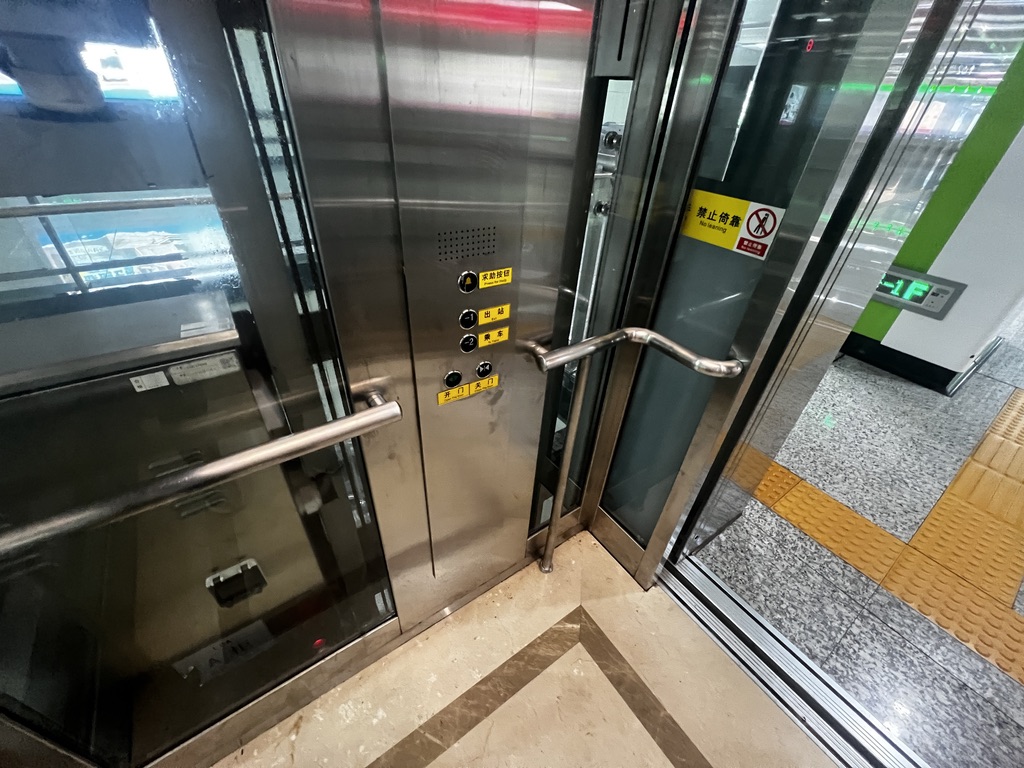
This lift is also equipped with low-positioned buttons, a help button, Braille labels, and voice announcements, providing full accessibility features.
ARRIVED AT THE PLATFORM
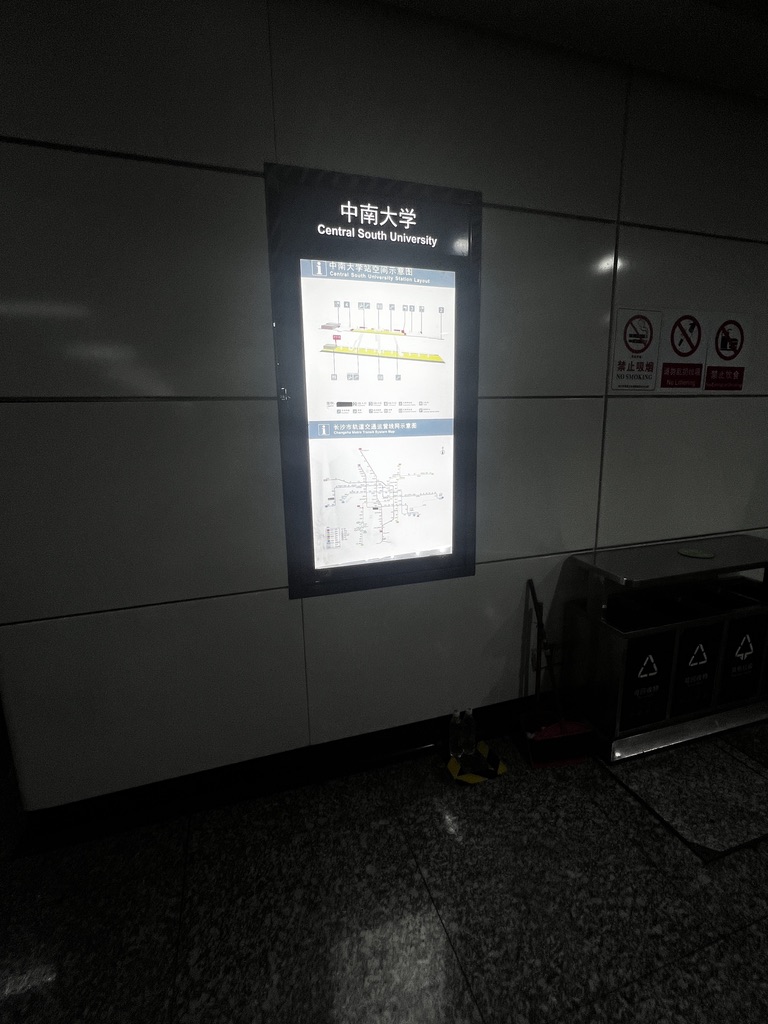
The walls also feature information boards displaying an interesting and intuitive 3D layout of the entire station, marking various facilities.
However, like the concourse information board, no Braille is provided here either.
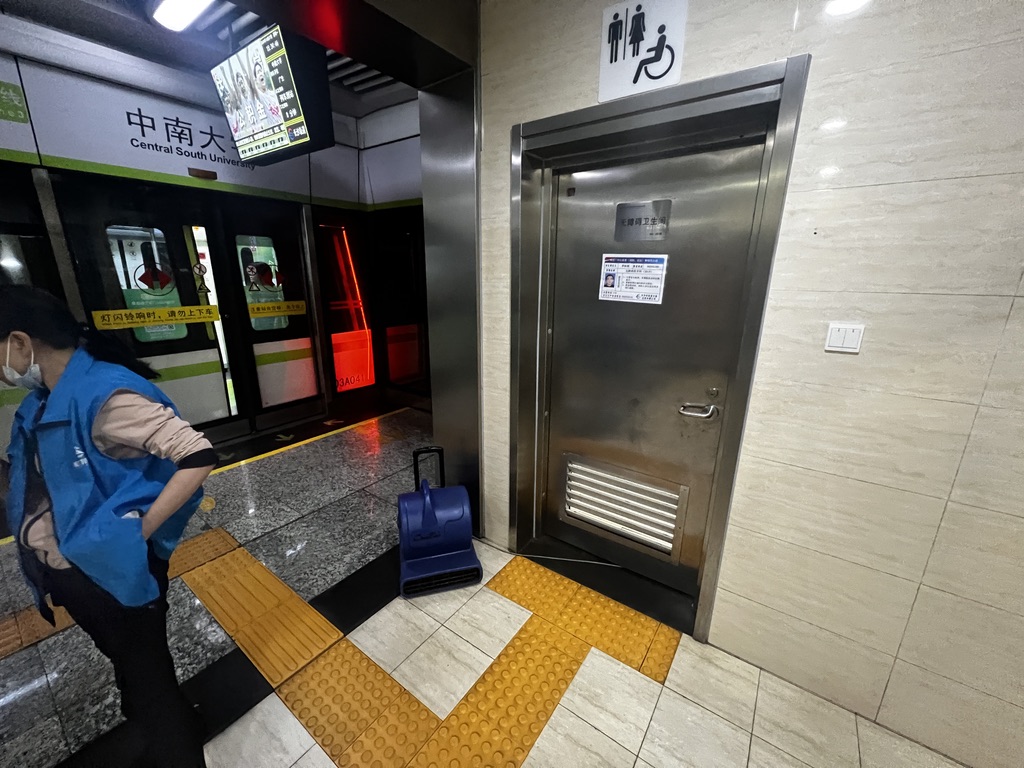
The platform is equipped with an accessible restroom, with tactile paving leading directly to it.
The restroom door is wider than standard male and female restrooms, making it easier for wheelchair users to enter.
TAKING THE TRAIN

Here, there is a potential issue for hearing-impaired passengers: according to the information on the platform screen doors, there should be a “flashing light and warning sound” before the doors close.
In practice, a very noticeable beep sounds about 3 seconds before closing, but the warning light on the screen doors only starts flashing when the doors have ALREADY begun to close, posing a potential hazard for hearing-impaired passengers.
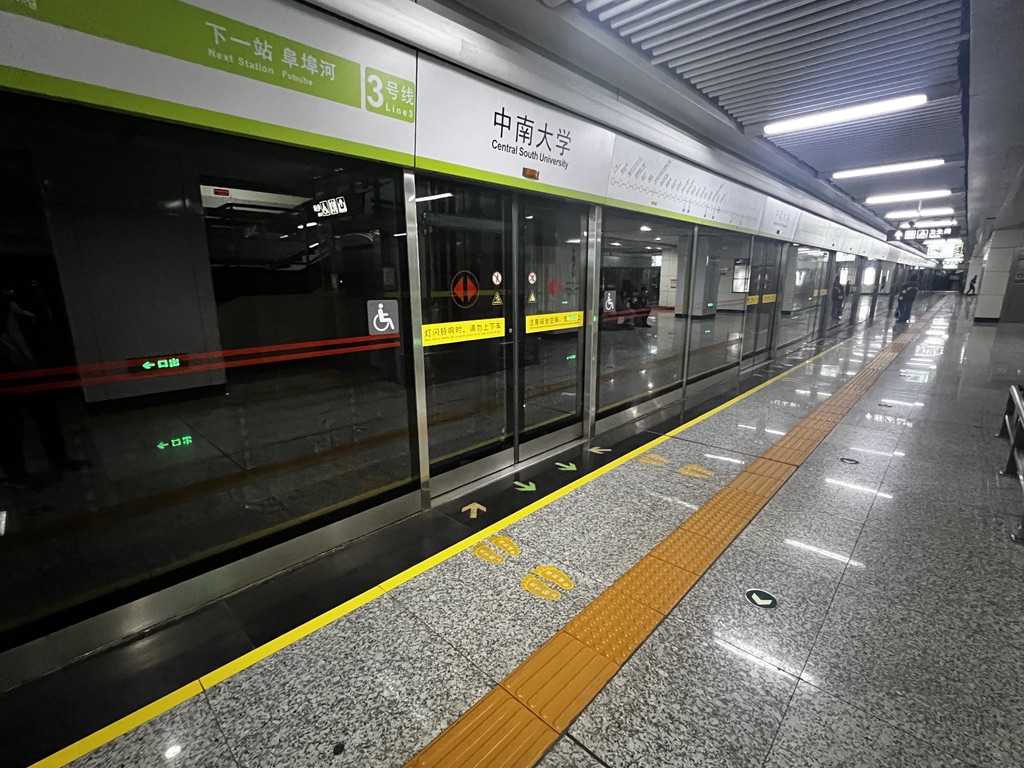

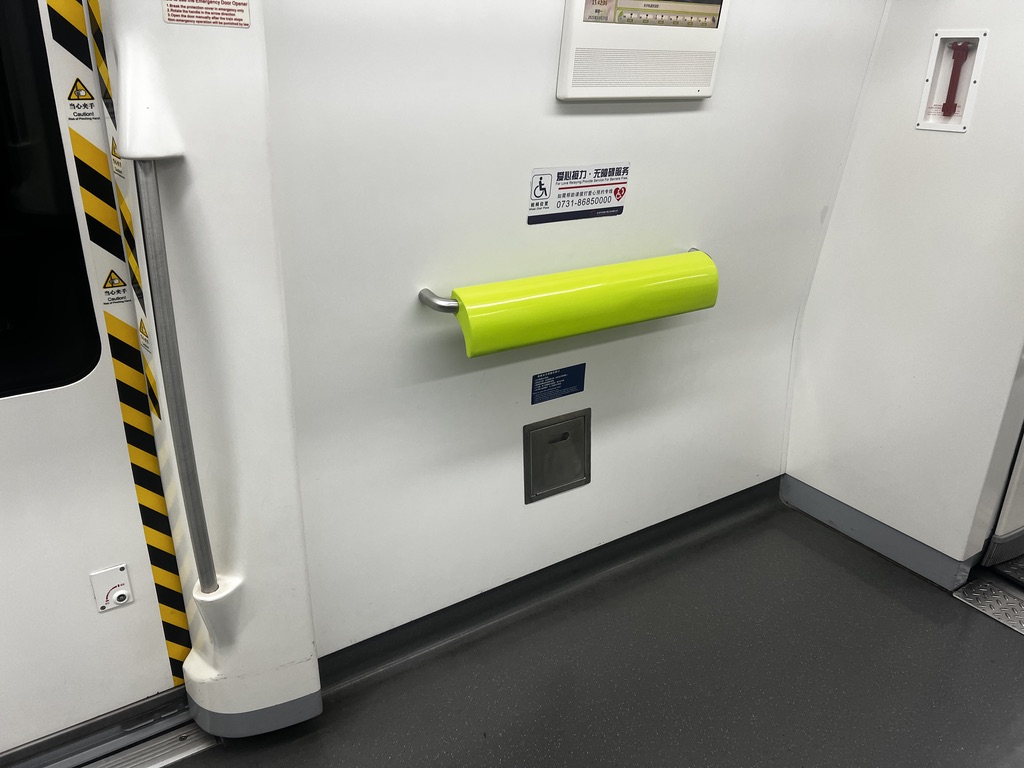
A wheelchair symbol is posted on one of the platform screen doors, for a corresponding area on the train is equipped with wheelchair restraints.

There is a certain height gap between the platform and the train, making it difficult for wheelchairs to board directly.
However, staff at each station are equipped with foldable boarding ramps, and wheelchair passengers need to contact the staff to board safely.
The staff also coordinate with personnel at the passenger’s destination station to ensure assistance is ready upon arrival.
Unless otherwise stated, all posts from WaterCoFire are licensed under:
WaterCoFire 的所有内容分享除特别声明外,均采用本许可协议:
CC BY-NC-SA 4.0
Reprint with credit to this source, thanks!
转载请注明本来源,谢谢喵!
